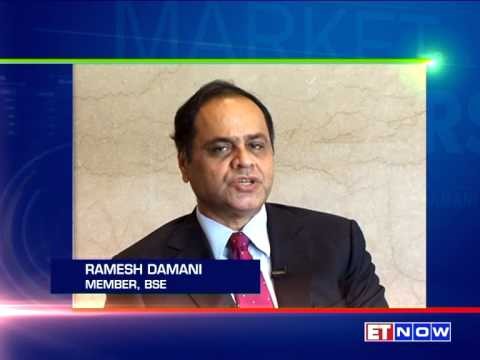Fasten Your Seatbelts Investing Strategies for a Volatile 2014
Post on: 18 Июнь, 2015 No Comment

About
Shutterstock/Konstantin Sutyagin The S&P 500 (^GSPC ) has just about recovered all the losses it saw in January. In spite of that quick recovery, the reality is that 2014 is on track to be a much more volatile year than 2013 was. Indeed, near the beginning of February, the VIX (^VIX ) index — which measures market volatility — spiked to a level higher than it had at any time in 2013.
While 2013’s calmness and generally upward market trajectory may have lulled us into a false sense of security, the reality remains that there are no guarantees in the market. But that quick recovery we just experienced gives you a golden opportunity to adjust your investments to better suit a more normal — and volatile — market.
Investing in Wilder Markets
While the ride in 2014 may be a bit bumpier than 2013, the reality is that over long periods, investing is still a great way to build wealth. The problem is — as the decline in January reminded us — that there’s no guarantees about how the market will move in the short term.
So, unless you have both nerves of steel and an incredibly long-term time horizon, you need a plan that will let you stay in the markets through the rocky short term so that you’re still invested when those recoveries happen.
You can manage periods of volatility in several ways. Perhaps one of the best methods is dollar-cost averaging: Every payday, you invest the same dollar amount into your asset of choice — for example, a diversified fund like the S&P 500-tracking Spyders (SPY ) — regardless of what the market is doing.
When the value of that asset is up, you’ll have higher total value, but your contribution will buy fewer shares. When it’s down, your portfolio will worth less, but your contribution will buy more shares. Over time, your costs typically average out to be reasonable, and the act of regularly investing no matter what the market is doing keeps you putting money towards its long-term compounding machine.
(If this sounds vaguely familiar, it should: You’re likely employing exactly this strategy with your 401(k), your IRA, or any other retirement investment vehicle that you invest in through direct deductions from your paycheck.)
Find the Right Balance
In addition, you can take a balanced approach to investing, investing part of your cash in stocks and part of your cash in bonds. While the current low-interest-rate environment means that most bonds’ total returns won’t be stellar, they can still act as buffers against stock market volatility and provide diversification benefits. The values of bonds — especially short-term bonds — tend to move less sharply than those of stocks, and quite often, bond prices move in the opposite direction from stocks.
Those factors mean that a portfolio with both stocks and bonds is likely to be more cushioned against raw volatility than a portfolio made up of stocks alone. If the idea of repeating the roller coaster ride we’ve been on for the past couple of months turns you off investing, a balanced portfolio can ease your anxiety.
Once You Hit the Right Balance, Stay in Balance
You can further finesse the power of dollar-cost averaging by picking a target split — say, for the sake of discussion, 65 percent stocks, 35 percent bonds — and then targeting your investing to maintain that split. In times when stocks are doing better, shift your contributions more towards bonds to get your total portfolio back closer to your target split. When bonds are doing better, shift your contribution more towards stocks.
By investing that way, you add a measure of buy low to your dollar-cost-averaging efforts, since you’re always investing more money in the asset class that has relatively underperformed. In the long run, every little bit helps, and in the short run, if rebalancing your portfolio this way keeps you investing through the volatility, then you’ll likely be better off for it.
Live Your Life While Your Investments Work for You
Dollar-cost averaging and balancing your portfolio between stocks and bonds can help you weather a volatility storm. Still, remember that money you have invested in the stock market should really only be money that you don’t strictly need to spend within the next five or so years. With that kind of time horizon, there really is no need to check your accounts on a daily basis.
Indeed, one of the easiest ways to not let the volatility bother you is to simply ignore it. Absolutely, you need to check in with your investments from time to time to make sure they’re still appropriate for your needs and risk tolerance, Still, it’s OK to take a day, week, or even a month off from checking in, as long as you’re investing in a well-diversified and balanced portfolio.
Over time, your continued investing activity, long-term economic growth and compounding your dividends and interest will be what creates the total value in your portfolio. Getting there successfully will require you to invest in a way that lets you keep investing, even when the market moves wildly.
Motley Fool contributing writer Chuck Saletta has no position in any stocks mentioned. The Motley Fool has no position in any of the stocks mentioned. Try any of our newsletter services free for 30 days.














